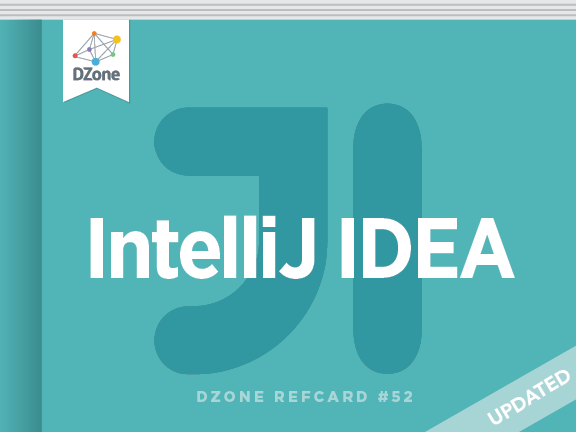Accessing Basic Completion by pressing Ctrl+Space offers basic suggestions for variables, types, methods, expressions, and so on. When you call Basic Completiontwice, it shows you more results, including private members and non-imported static members.
The Smart Completion feature is aware of the expected type and data flow and offers the option relevant to the context. To call Smart Completion, press Shift+Ctrl+Space. When you call Smart completion twice, it shows you more results, including chains.
To overwrite the identifier at the caret, instead of just inserting the suggestion, press Tab. This is helpful if you’re editing part of an identifier, such as a file name.
To let the IDE complete a statement for you, press Shift+Ctrl+Enter (Shift+Cmd+Enter for OS X). Statement Completionwill automatically add missing parentheses, brackets, braces and the necessary formatting.
Parameter Info
If you want to see the suggested parameters for any method or constructor, just press Ctrl+P (Cmd+P for OS X). IntelliJ IDEA shows parameter info for every overloaded method or constructor and highlights the best match for the parameters already typed.
The Postfix Completion feature lets you transform an already typed expression to another one based on the postfix you type after a period, the expression type, and its context.

